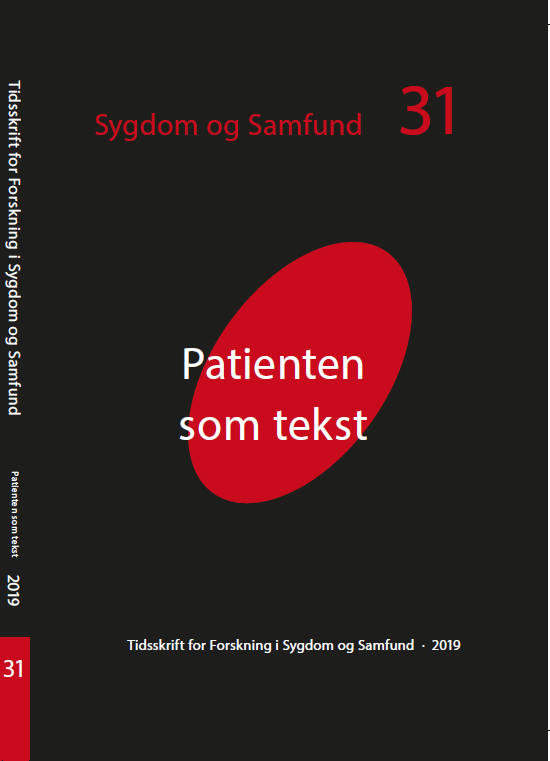Cancer narratives on social media as ‘small stories’: An investigation of positioning, supportive (dis)alignment and tellability crises in cancer storytelling on Instagram
Published 2019-10-31
How to Cite
Abstract
Cancer narratives shared on social media platforms have received increased academic interest over the last decade but often without sufficiently acknowledging the media specific narrative affordances of these platforms. The article will address this problem, by first presenting a ‘small stories’ approach to studying illness narrative on social media and then putting the approach to work in a case study of a Danish cancer patient’s Instagram profile (@jannelivsnyder66). The paper argues, that the storytelling practices on the profile can be analytically approached by focusing on the interplay between three co-constitutive levels of interaction: 1) a level of the desired illness narrative and position that the narrator, influenced by available cultural discourses and interaction with followers, hopes to be able to tell; 2) a level of sharing everyday posts, which can either support or disturb the desired narrative; 3) a level of follower responses, where relations between the desired narrative and singular posts are monitored through processes of liking and commenting. Followers of social media cancer narratives should in light of this not be understood as an audience witnessing an individual telling his/her “own” story, but rather as crucial contributors to the social interaction and co-creation of desired narratives, subject positions, narrative progress and tellability. In conclusion, the article thus stresses that cancer storytelling on social media, despite the strong biological connection of the disease to an individual body, emerges through inherently social processes of reading, liking, commenting, monitoring and co-deciding narrative practices.

